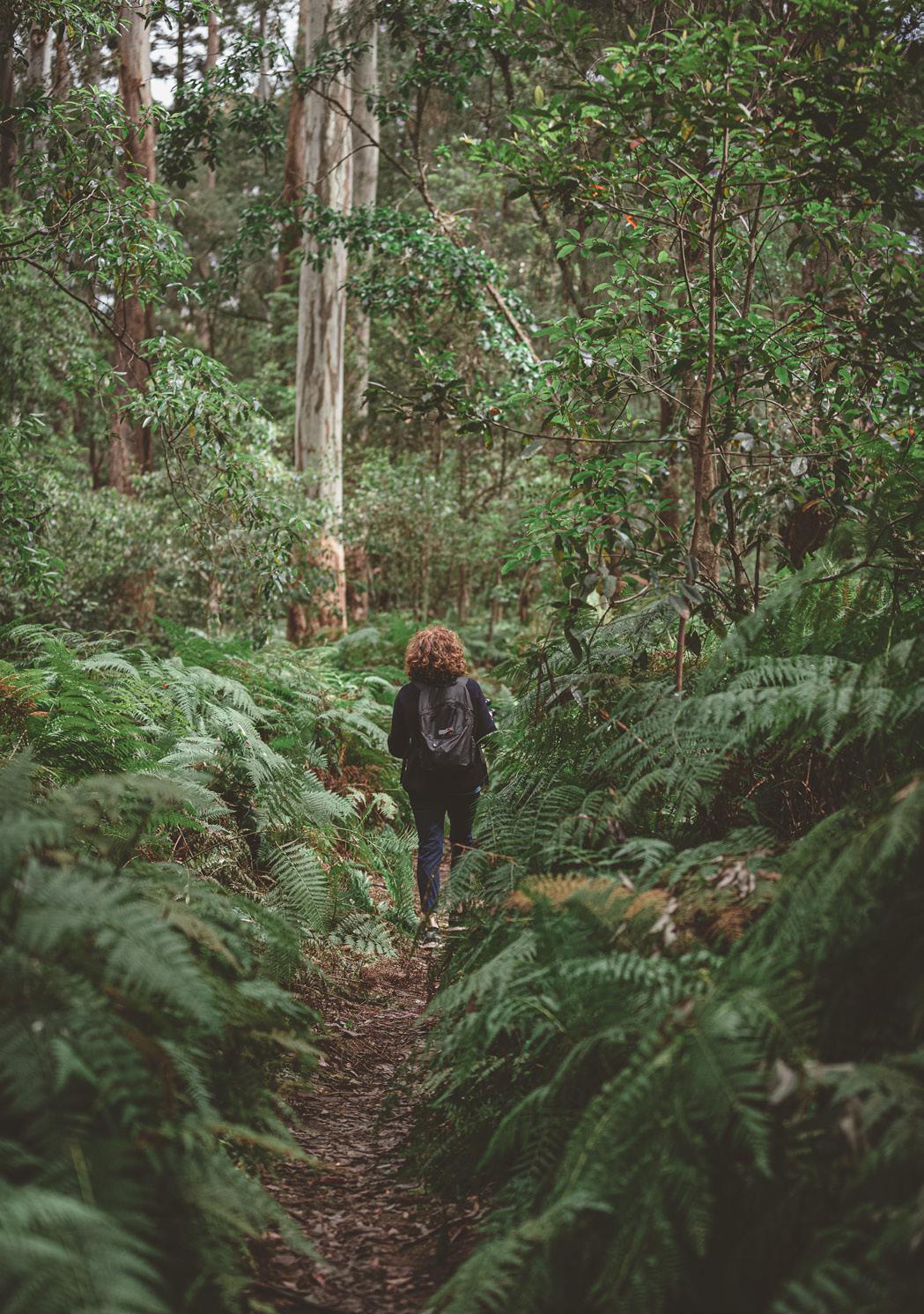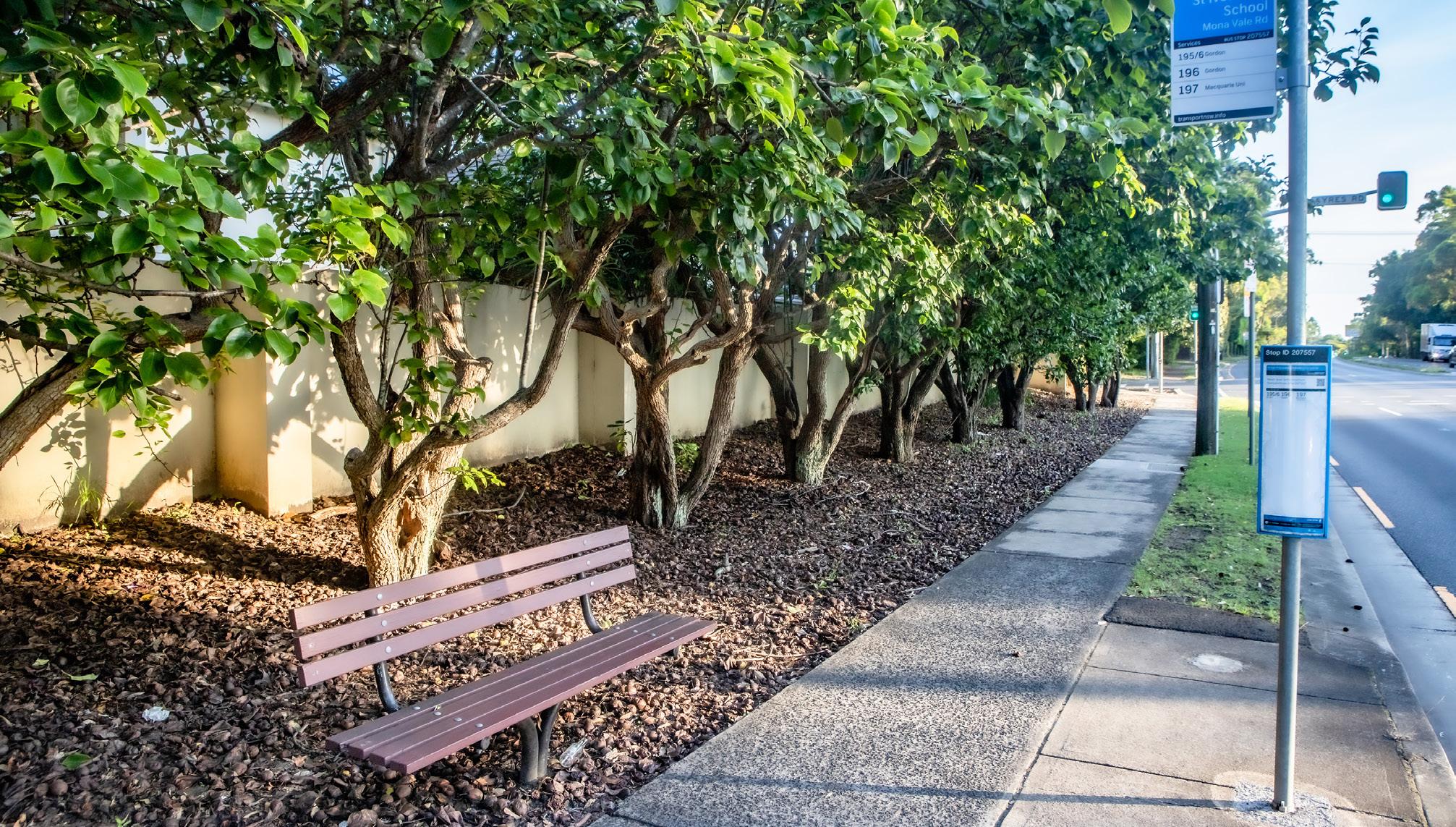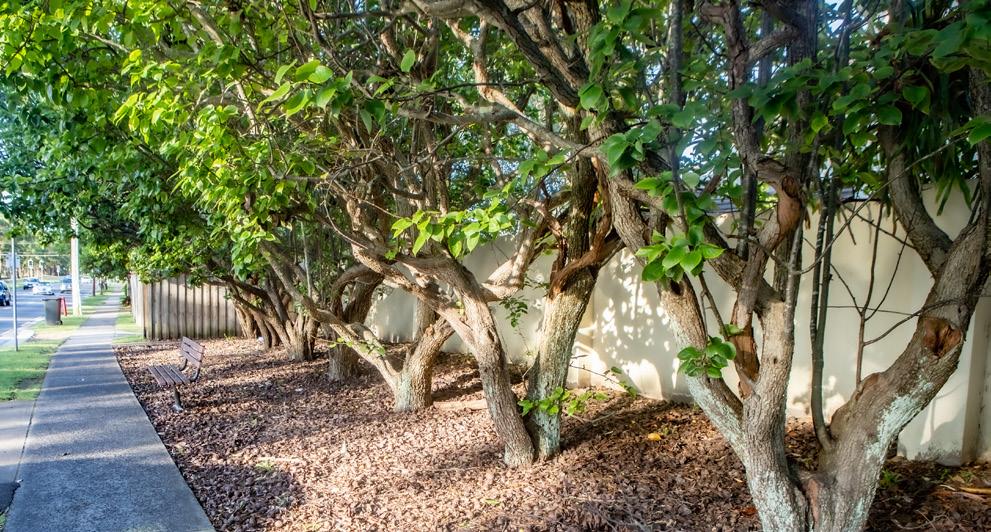
5 minute read
COLOURING COMPETITION
Age
Address
Advertisement
Guardian’s Name Contact No.
• The contest is open to children up to and including 10 years of age.
• Only one entry per child.
• All entries must be received via email or sms to the details below by Sunday 2nd April.
• The prize winner will be contacted directly on Tuesday 4th April.
• Winning entry will be judged on creativity.
• Winner will receive a $200 voucher from KIDSTUFF.
Nicky Tanner 0415 669 631 nickyt@mcygroup.com.au


Brenton Higgins 0421 904 694 brenton@mcygroup.com.au

HISTORY
The Ancient Orchard on Mona Vale Rd
David Cohen, Budding Photographer And Resident Of 18 + Years
Check out these local Open Days - from Under 3’s to Y12
Humans Of 2075 Home
Transform your home with Frenchic – Kitchen Week
Cover image: David Cohen, Humans of 2075 - Ps 6 & 7
New Youth Hubs At Gordon + St Ives
WELLNESS
The Best Markets On The North Shore

A Chat With Nancy From Nextra St Ives
PUBLISHER - Neighbourhood Media
DESIGNER - Robert Everett
CONTRIBUTORS - Alec Smart, Isabella Edwards, Samuel Garrett, Tahney Fosdike
ADVERTISING - Georgie Pengelly - 0416 972 081
Puzzle
Crossword And Maths... For “Fun”
Meet the Pets of 2075!
SIX are within a private garden; the remaining 12, behind a bus stop, are protected in their own recessed corridor. These pear trees may be between 70 to 120 years old. Pear trees typically last between 15-20 years, but they can last decades - Guinness Book of Records has recorded a Manchurian pear tree (Pyrus ussuriensis) that is estimated to be 458 years old growing in the ancient pear garden of Shenchuan, Gansu, in China.

When the fruit is ripe it falls and gathers all around the trees, lining the footpath and the ground in a thick, sweet-scented carpet. Most people ignore this harvest, perhaps because they’re described as bland in flavour, despite their juiciness, and let the pears rot where they fall.
However, they can be eaten raw and make a fine addition to chutneys and stewed fruit desserts – but not pies or jams, because of their high liquid content.
They are nashi pears – Pyrus pyrifolum – also known as Asian or Chinese pears (native to East Asia) and have medicinal qualities.
The NSW Department of Primary Industry reveal that Asian pears weren’t commercially grown for supermarkets in Australia until 1980 (primarily because they bruise easily during transportation, due to their high water content). This suggests the historic Mona Vale Rd orchard was planted by one of the Chinese market gardeners that set up in St Ives at the start of the 20th century, and may have been grown for the local Chinese clientele.
History
So what is their story? Why is a row of Asian pear trees, stretching across two neighbouring properties, growing here, beside a main road and between two private schools?
As we’ve previously revealed in 2075 magazine, St
Ives grew out of a tree felling operation that centred on an 800 acre plot of land that was granted in 1823 to timber merchant David Matthew, the first European to settle in the area. He established his business in a forested region that encompassed present-day east Pymble and central St Ives, which he named Rosedale.
From here he used teams of horses to haul the lumber, either south to Sydney Harbour or north to Pittwater, where it was loaded on ships and transported to the rapidly expanding colony.
By the 1860s, after most of the timber in the region was extracted and the ground levelled for agriculture, Matthew and another major landholder, John Ayres (from whom Ayres Rd was named after he was granted 320 acres of land north of Rosedale in 1836), subdivided and sold off their estates.
Ayres’ estate, which encompassed the land the pear trees now occupy, was named Rosedale Farm.
The Orchard Village
A network of orchards developed when the lumber crews left and by the 1890s the community of Rosedale – which wasn’t renamed ‘St Ives’ until 1900 - became renowned for its fruit. According to the online Dictionary of Sydney, “large orchards remained intact until the 1930s.”
St Ives was not rezoned from ‘rural’ to ‘residential’ until 1959, when new streets and houses were established and the market gardens (around the Village Green), orchards and a dairy farm transitioned to suburbia.
“Agriculturalists also began displaying their produce locally at Hassall Park on Mona Vale Road. To gain a wider clientele, the St Ives Agricultural and Horticultural Association was formed in 1920, holding their first show in January 1921.”
Hassall Park is just 200 metres from the isolated row of 18 pear trees, convenient for the original orchard owner.

According to the St Ives Show history webpage, “At the first Show, a John Scott, an orchardist from Ayres Road, won first prize for a farm product display. He had his baby daughter in a basket placed right in the middle of an attractive display of fruit and vegetables: a device which, according to other competitors, helped him to win.”
Also in 1921, there were proposals to construct a railway line through St Ives.
A Sydney Morning Herald article titled Proposed New Railway (13 June 1921), reported that the NSW Minister for Works, John Estell, visited St Ives two days earlier to inspect the proposed route of a Gordon to Narrabeen rail line.
“After passing Cowan-road the route passes through orchard land of an easy grade to First Rocks, on the boundary of Ku-ring-gai and Warringah shires.”
The article, proposing “the settlement of a very large suburban population”, then continued, “At St. Ives the inspecting party visited the orchards of Messrs. Russel, Hensman, and Symington, and obtained firsthand knowledge of the capabilities of the district…”
The St Ives Show relocated to St Ives Showground in 1926 when, as recorded by Ku-Ring-Gai Council, “the Association was granted 53 ha of Crown Land in St Ives to establish the Northern Suburbs Showground, now known as the St Ives Showground,” which they converted into an outdoor events venue.
Fernbank, a retirement village 700 metres north of the pear trees, was previously a military encampment.
Ku-Ring-Gai Historical Society reveal “In 1946 [it] was used as the St Ives Prisoner of War Hostel, housing Italian soldiers captured in North Africa. Many of the soldiers worked on local orchards. It was a low security camp and its inmates were largely unguarded.”
In 1954, five years before St Ives was rezoned ‘residential’, Sydney Grammar School established a boys’ preparatory school directly opposite the pear orchard and adjacent to Hassall Park.
In the June 1954 edition of ‘The Sydneian’, Sydney Grammar’s historic newsletter, a photo of a classroom with kids playing on the grassy slope in front is captioned “a view from down the orchard,” suggesting it was taken from the fruit trees in front of the school.
Around the same time, Brigidine Convent established a Catholic girls’ school on land south of the pear trees. According to their heritage report: “In 1949 and 1951, ten acres of land surrounded by orchards in St Ives were purchased. The new Convent and ‘Synan’ school building began construction in August of 1953.” The school started teaching on 9 February 1954 with nine students.
As schools were established, time was running out for those historic orchards.
The Ku-Ring-Gai Historical Society, in their history book Focus on Ku-Ring-Gai, reveal “In the early 1950s, St Ives began its phenomenally rapid transformation into a dormitory suburb… The initial subdivision (around 1954) was made when the NSW Housing Commission acquired land south of Mona Vale Rd, in the Lawson Parade area.”
Focus on Ku-Ring-Gai continues: “The area north of Mona Vale Road was privately subdivided into larger holdings…”
And, curiously, as St Ives developed, while all the orchards around were consumed and subsumed by suburbia, the little row of pear trees on Mona Vale Rd remained. So if you see them on your travels, fruit rotting below, you’re looking at a living link to a distant past.



